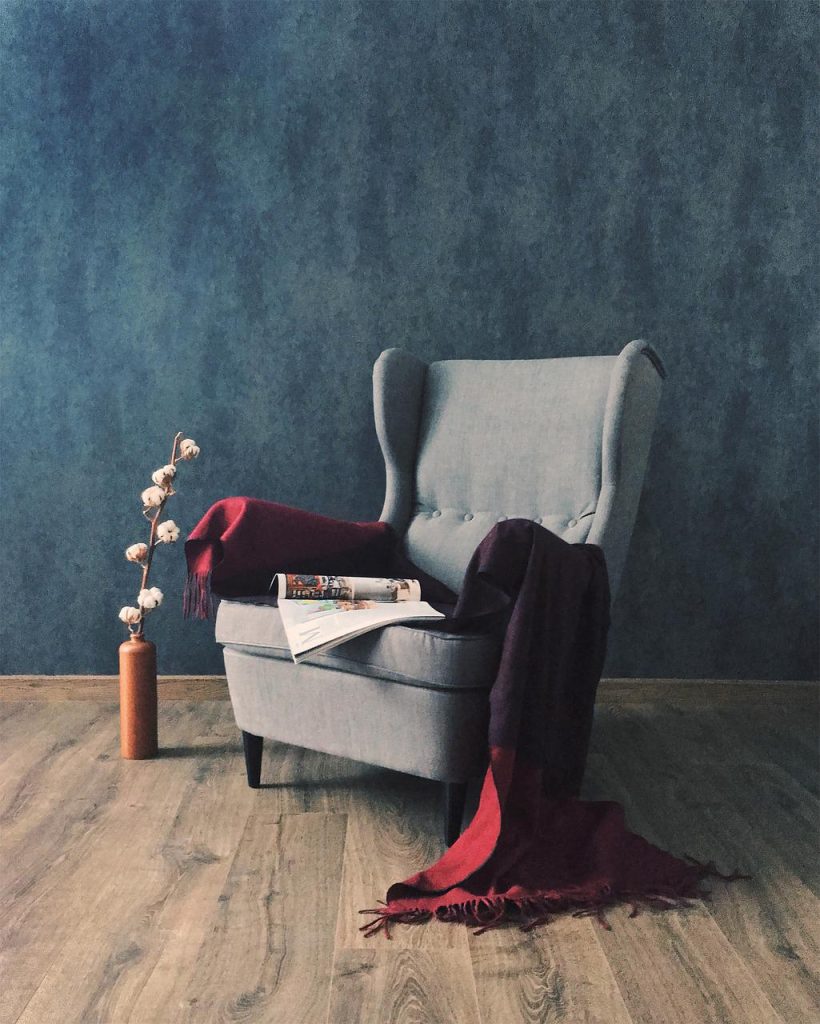In the realm of flooring options, the allure of hardwood is undeniable. However, as technology evolves, so does our ability to enhance and innovate traditional materials. Engineered hardwood flooring emerges as a masterpiece in the world of interior design, seamlessly blending the timeless beauty of hardwood with modern engineering prowess. In this blog, we’ll explore the craftsmanship, benefits, and unique features that make engineered hardwood flooring a sophisticated choice for homes.
- The Craftsmanship Behind Engineered Hardwood:
Unlike solid hardwood, which is milled from a single piece of wood, engineered hardwood is a composite material. It consists of a top layer or veneer of genuine hardwood, bonded to multiple layers of high-quality plywood or fiberboard. This construction method not only preserves the natural aesthetics of hardwood but also enhances its stability and durability.
- The Elegance of Real Hardwood:
One of the most remarkable aspects of engineered hardwood is its genuine hardwood surface. The top layer is crafted from a variety of hardwood species, allowing homeowners to choose from an extensive range of grains, colors, and finishes. Whether you prefer the warm tones of oak, the rich hues of walnut, or the timeless beauty of maple, engineered hardwood offers a spectrum of options to suit your design preferences.
- Stability and Resistance to Moisture:
One of the primary advantages of engineered hardwood lies in its ability to withstand fluctuations in humidity and temperature. The multiple layers underneath the hardwood veneer create a stable core that minimizes the risk of warping, cupping, or expanding—common issues faced by solid hardwood in moisture-prone environments. This makes engineered hardwood an ideal choice for basements, kitchens, and other areas where moisture levels can vary.
- Installation Versatility:
Engineered hardwood’s versatility extends to its installation options. Unlike solid hardwood, which is sensitive to moisture and temperature during installation, engineered hardwood can be installed in a variety of ways, including floating, glue-down, or staple-down methods. This adaptability makes it suitable for various subfloor types and allows for installation in spaces where solid hardwood might be impractical.
- Eco-Friendly Appeal:
The construction of engineered hardwood often involves using less hardwood overall compared to solid hardwood. This makes it a more sustainable choice for environmentally conscious homeowners. Additionally, some engineered hardwood products use recycled or reclaimed wood for their core layers, further reducing their environmental impact.
- Maintenance and Refinishing:
Maintaining the beauty of engineered hardwood is a breeze. Regular sweeping and occasional damp mopping are usually sufficient to keep it looking pristine. Moreover, the hardwood veneer allows for refinishing, though the frequency may be less than that of solid hardwood. This means you can refresh the appearance of your flooring when needed, ensuring its longevity.
In the realm of flooring options, engineered hardwood stands as a testament to the harmonious marriage of classic aesthetics and modern engineering. Its stability, moisture resistance, and diverse design options make it a compelling choice for those seeking the warmth and elegance of hardwood without sacrificing durability. So, whether you’re renovating your home or contemplating a flooring upgrade, consider the art and craft of engineered hardwood—a flooring solution that seamlessly blends the best of both worlds.

